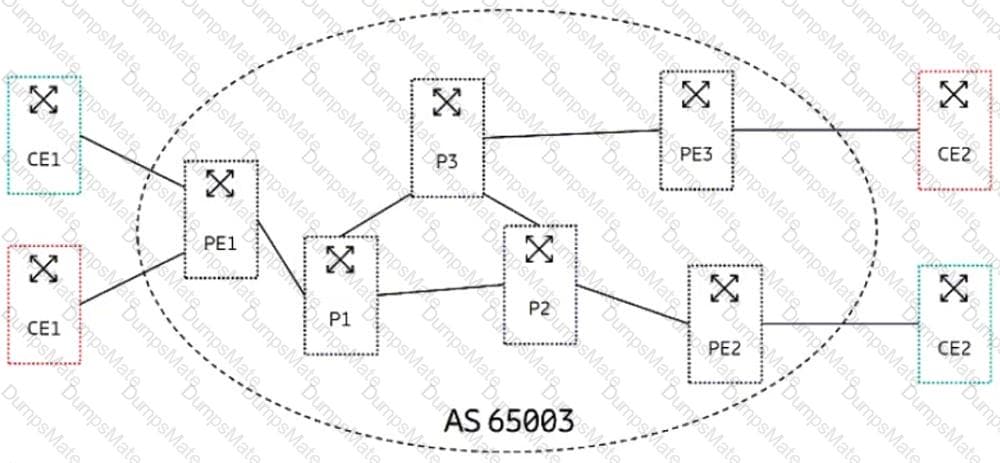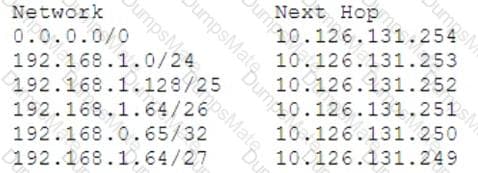Explanation: In OSPFv2, the route characteristic that is used to determine the best path is the cost. The cost is a metric that represents the link bandwidth, delay, reliability, or other factors. The cost is inversely proportional to the bandwidth, meaning that a higher bandwidth link has a lower cost. The cost of a route is calculated by adding the costs of all links along the path. OSPFv2 uses the following formula to calculate the cost of an interface:
Cost = Reference bandwidth / Interface bandwidth in bps
The reference bandwidth is a constant value that can be configured by the network administrator. By default, it is 100 Mbps. The interface bandwidth is the actual bandwidth of the interface in bits per second. For example, if an interface has a bandwidth of 10 Mbps, its cost would be 100 Mbps / 10 Mbps = 101415.
OSPFv2 does not use jitter, packet loss, or delay as route characteristics to determine the best path. Jitter is the variation in latency or delay between packets. Packet loss is the percentage of packets that are dropped or corrupted during transmission. Delay is the time it takes for a packet to travel from source to destination. These characteristics are not part of the OSPFv2 protocol and are not advertised in OSPFv2 LSAs1617.
References: OSPF Metric cost Calculation Formula Explained - ComputerNetworkingNotes, OSPF Cost – OSPF Routing Protocol Metric Explained - Study-CCNA, Open Shortest Path First - Wikipedia, OSPF Metric = Cost - Cisco






